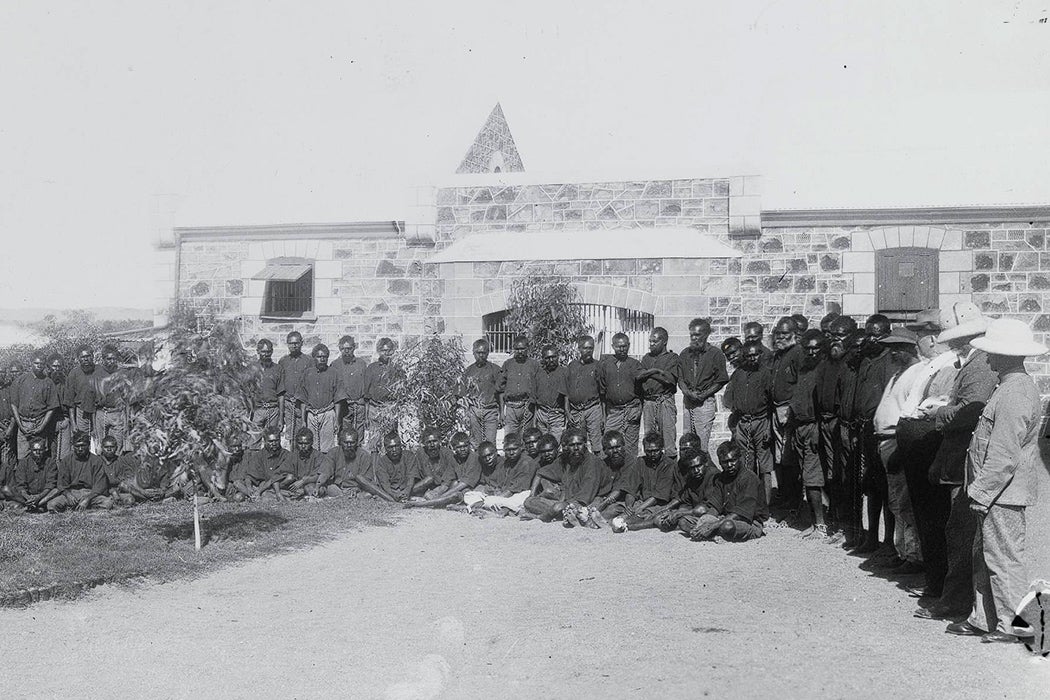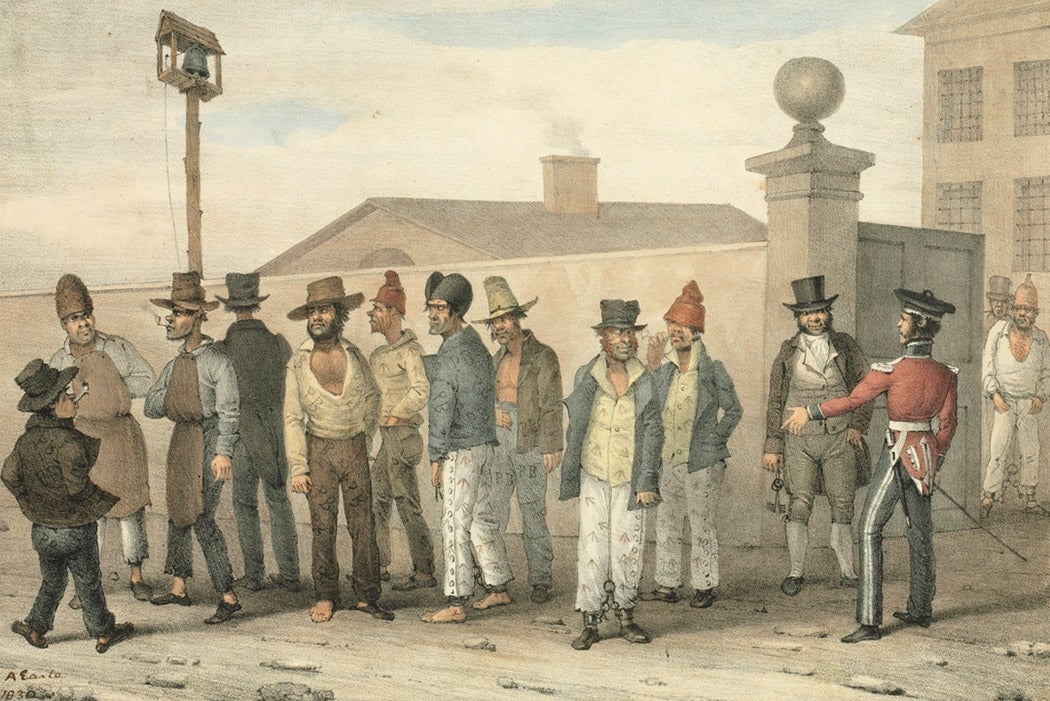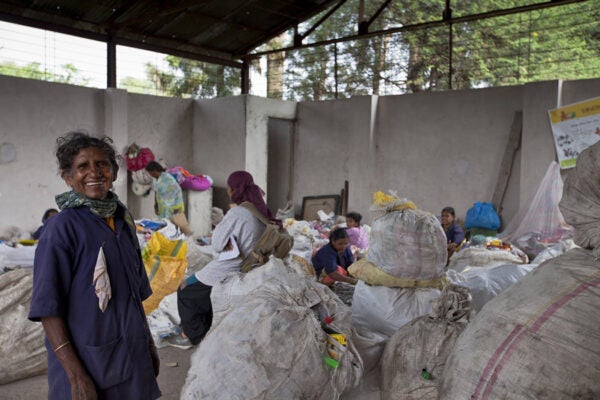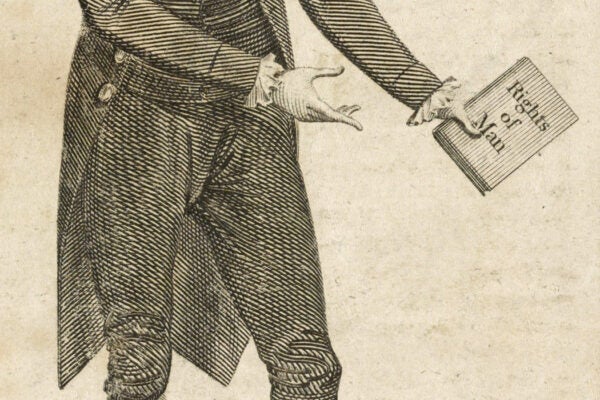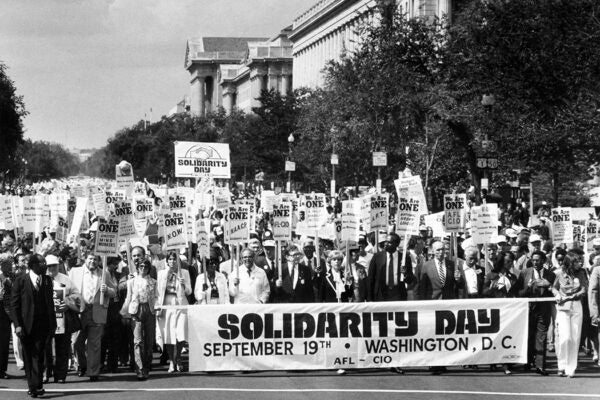Much like the United States, Western Australia has a mythic origin story of settlers braving harsh conditions to create a new, free land. But, as archaeologist Sean Winter writes, also like in the US, the reality involves a lot of people coerced into laboring for the benefit of the most powerful.
When colonists arrived in Western Australia in 1829, they envisioned a kind of transplanted rural British society. However, in contrast to the vision of free yeoman workers, historians have found that most laborers who arrived on the first ships were either indentured to individual masters or bound by some other kind of contract that limited their freedom.
Winters writes that this initial system of coerced labor didn’t go very well for the elites. Leadership failures left many people without work to do or decent conditions in which to live. When they appealed to the governor, they were often released from their contracts. With labor in short supply, they were able to demand better pay and conditions, and some flouted the class hierarchy by buying land to work themselves.
To bring in more workers, the colony’s leaders then requested a conversion to penal status, like others that had been established on the continent since the 1780s. Over eighteen years, 10,000 male convicts arrived—five times the population of the existing colony. As part of the reformative aims of the convict system, many of these men were incarcerated at Fremantle Prison, trained, and put to work on infrastructure projects such as bridges, roads, and public buildings. After some time, they could receive a ticket-of-leave, allowing them to get jobs in sectors like farming, mining, and timber. However, even then they weren’t fully free since the carceral system demanded that they maintain employment.
During the 1850s and ’60s, convicts were the main source of labor in the colony. But in 1868, convict transportation to Australia ended, and the population of workers within the carceral system gradually declined over the decades that followed.
More to Explore
Colonial Masquerade: Convict, Pirate, Gentleman, Con
Meanwhile, Winter writes, authorities began kidnapping Indigenous people and forcing them to work in the ranching and pearling industries in the northwestern part of the colony. Some of them were technically considered indentured, while others were prisoners lent out by the colony’s government to private industry.
Weekly Newsletter
The coercion of Indigenous workers was made possible by moving individuals far from home to remote locations where they were dependent on rations and more generally by the widespread white settler violence against Indigenous communities. Laws intended to prevent excessive exploitation went mostly unenforced in the rural northwest, allowing the continuation of what was virtually a chattel system in which workers could be bought, sold, and transported freely.
Winter argues that it was only in the 1890s, when gold rushes in the area began drawing workers to the colony, that it became viable for the colony to operate mostly on free labor. However, even then, many Indigenous workers in rural areas remained subject to coercive labor arrangements well into the second half of the twentieth century.
